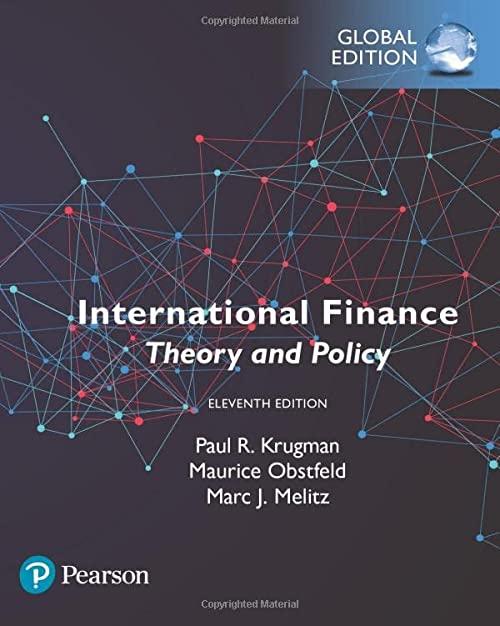1. Go back to the numerical example with no factor substitution that leads to the production possibility...
Question:
1. Go back to the numerical example with no factor substitution that leads to the production possibility frontier in Figure 5-1.
a. What is the range for the relative price of cloth such that the economy produces both cloth and food? Which good is produced if the relative price is outside of this range?
For parts
(b) through (f), assume the price range is such that both goods are produced.
b. Write down the unit cost of producing one yard of cloth and one calorie of food as a function of the price of one machine-hour, r, and one work-hour, w. In a competitive market, those costs will be equal to the prices of cloth and food.
Solve for the factor prices r and w.
c. What happens to those factor prices when the price of cloth rises? Who gains and who loses from this change in the price of cloth? Why? Do those changes conform to the changes described for the case with factor substitution?
d. Now assume the economy’s supply of machine-hours increases from 3,000 to 4,000. Derive the new production possibility frontier.
e. How much cloth and food will the economy produce after this increase in its capital supply?
f. Describe how the allocation of machine-hours and work-hours between the cloth and food sectors changes. Do those changes conform with the changes described for the case with factor substitution?
Step by Step Answer:

International Finance Theory And Policy
ISBN: 9781292238739
11th Global Edition
Authors: Paul R. Krugman, Maurice Obstfeld, Marc Melitz





